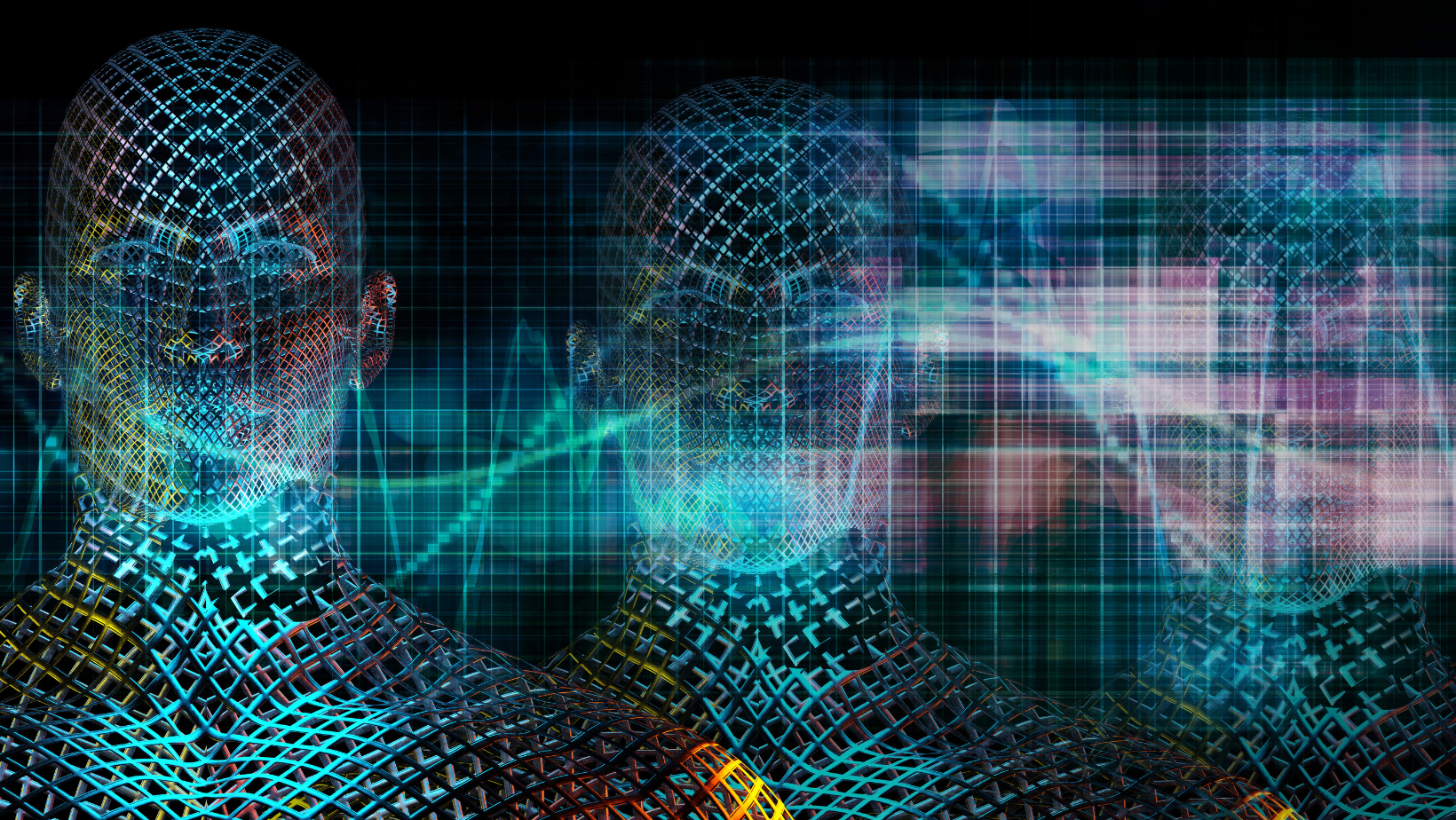The world was already moving towards digitalization for many years now, and a globally mandated quarantine period only accelerated that process. Now, very technical tech terms have become practically household names, but while almost everybody has heard of these terms, understanding them can be a completely different ball game.
Blockchain and machine learning are two of these buzzwords that go around quite frequently and quite loudly, and certainly neither of them were coined in 2020. That being said, the focus on either of these technologies has never been stronger, so what is there to know?
The Blockchain
To keep things short (you can find a more in-depth explanation here), you can think of the blockchain like a game of broken telephone with a few key alterations. In the game, there is a chain of people who pass on a single message. The fun, of course, is that the message often gets misheard and miscommunicated at some point down the line, and the resulting message at the end bears no resemblance to the original message being relayed.
In a sense, the blockchain solves this miscommunication issue. Instead of people, we have blocks (hence blockchain), and instead of a relayed message, each block has a ledger of transactions to be communicated to the next block. To make sure there is no miscommunication, instead of whispering the message forward, everybody can check the block and make sure that the ledger is consistent down the chain.
This may seem like a simple idea (and granted, the explanation is oversimplified), but it actually champions two very important features: non-manipulability and decentralization. Since everybody can check the ledger all the way down the chain, if somebody were to try to forge a transaction on the ledger, it would be quick work to catch the inconsistency. At the same time, since a single community is able to verify their own transactions this way, there is no need for a third party—namely banks.
Machine Learning
Keeping things short once again, machine learning can basically be broken down as pattern recognition. It’s more or less how humans learn as well—you fall off the bike until you’ve run enough trials to recognize how not to fall off the bike—but sped up far beyond human capabilities. Machine learning algorithms usually just function for data sorting, which can then be applied to a plethora of situations.
Imagine you want to teach a computer (an algorithm, more precisely) to be able to recognize a car. The machine learning approach is to have a box full of pictures of cars, a box full of pictures of things that aren’t cars, and have the computer analyze all of these pictures. Eventually, the computer will extract enough data from the images to understand which “patterns” constitute a car, and thus be able to tell when there is a car in the picture and when there isn’t.
This is, more or less, the gist of machine learning. With some more nuanced mathematics and implementation, but essentially guesswork done a huge number of times at an incredibly fast pace until a pattern has been carved out and recognized.
The Differences Between the Two
As you might have been able to tell already, there are quite a few differences between the two. In fact, there is practically no overlap between the two concepts. Despite being incredibly popular terms in the modern tech culture, they are processes that function in separate ways for separate reasons. The blockchain is a deterministic and decentralized ledger, which makes it a useful tool for transactions as in crypto. Machine learning is a sophisticated pattern recognition technique that is anything but deterministic.
That empty theoretical overlap, however, does not mean that the two concepts have to be separated in practice. The most direct application of machine learning in blockchain would be with crypto in the same way that machine learning is traditionally used in finance: market prediction. Beyond that, one can find various different and more sophisticated applications that can be a bit more difficult to digest, like the concept of Artificially Intelligent Decentralized Autonomous Organizations, or AI DAO’s for short. In most cases, however, the driving force will be the same: combining decentralization and autonomy with a ferocious capacity for prediction.
Living Pono is dedicated to communicating business management concepts with Hawaiian values. Founded by Kevin May, an established and successful leader and mentor, Living Pono is your destination to learn about how to live your life righteously and how that can have positive effects in your career. If you have any questions, please leave a comment below or contact us here. Also, join our mailing list below, so you can be alerted when a new article is released.
Finally, consider following the Living Pono Podcast to listen to episodes about living righteously, business management concepts, and interviews with business leaders.

